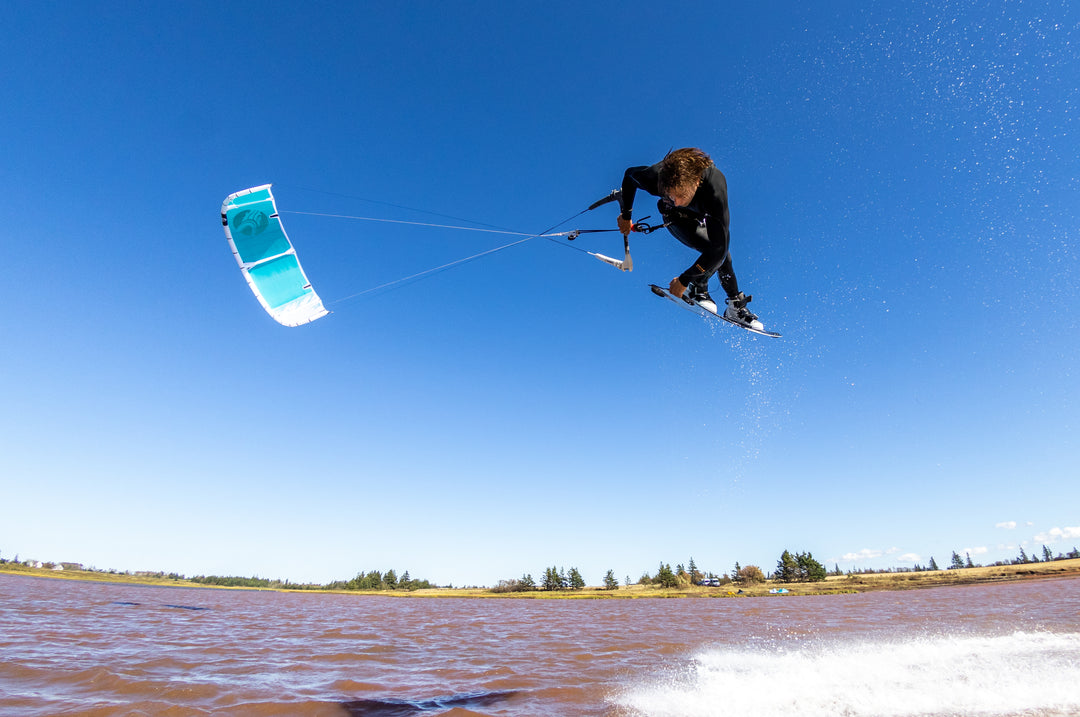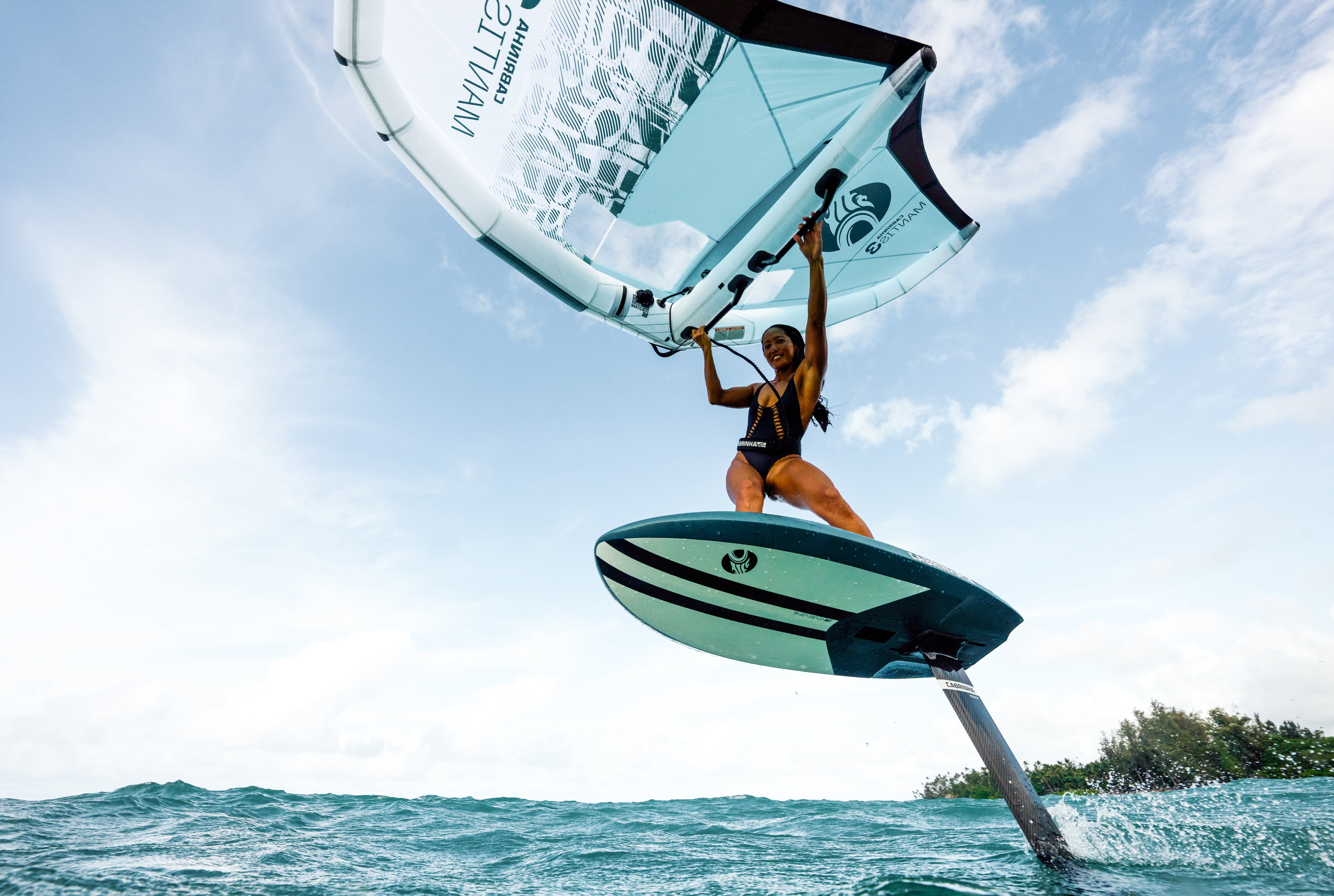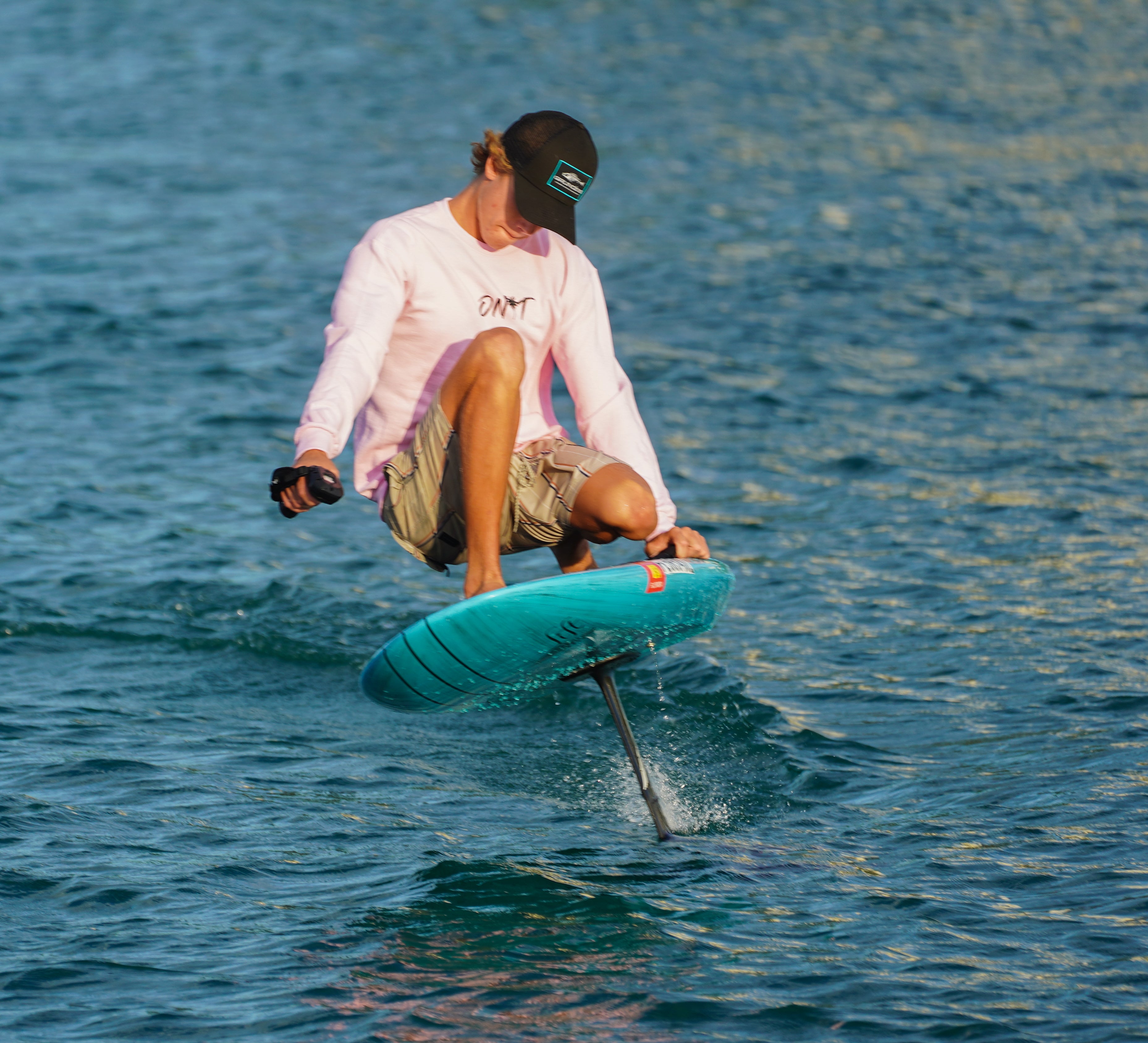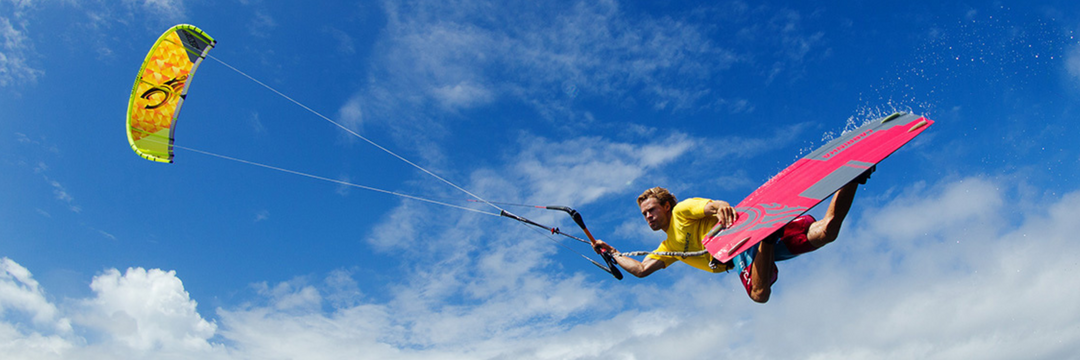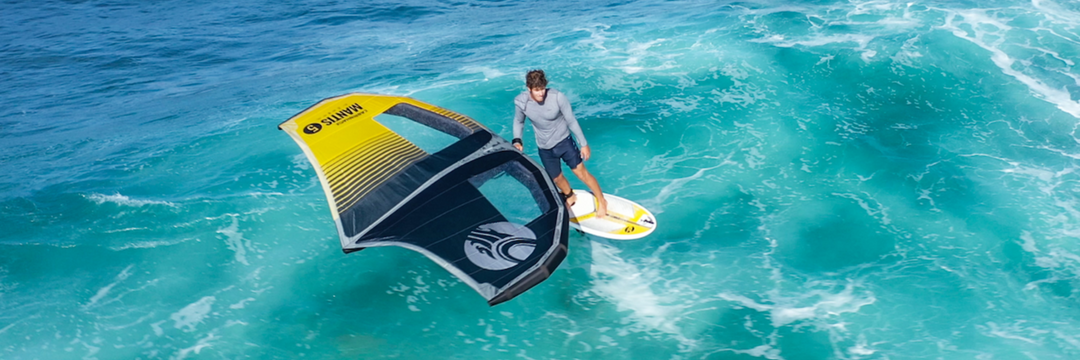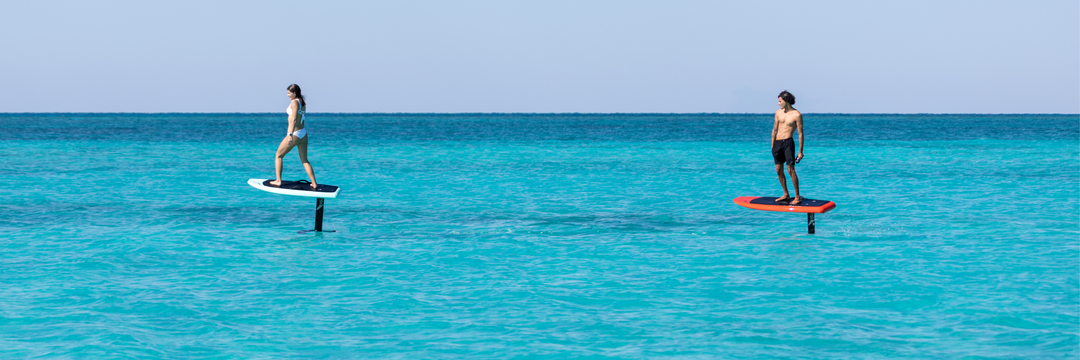Wing Foiling: Riding the Waves of Innovation
Imagine gliding over the water's surface with the freedom of a bird in flight. No strings attached, no sails overhead, just you, a handheld wing, and a hydrofoil board beneath your feet. This is the magic of wing foiling. If you've spent any time near popular water sports spots recently, you might have noticed this new phenomenon. Wing foiling, also known as wing surfing or wing boarding, is taking the world by storm. Let's dive into what it is and how it works.
2. **The Hydrofoil Board**: At a glance, it might look like a standard surfboard or SUP board, but underneath lies a hydrofoil—a set of wings that extends into the water. Once you pick up enough speed, this hydrofoil lifts the board above the water's surface, reducing drag and allowing for a smooth, almost frictionless ride.
2. **Getting Up on the Foil**: As you gather speed, the hydrofoil under the board begins to generate lift. With the right amount of speed and balance, the board will lift off the water, allowing you to 'foil' above the surface.
3. **Maneuvering**: With the wing in your hands, you can control your speed and direction. Leaning and shifting your weight will help in turning and carving. If you need to slow down or stop, you simply adjust the wing's angle to reduce wind capture.
**Versatility**: Whether it's light wind or strong gusts, flat water or rolling waves, wing foiling offers opportunities for all conditions. This versatility is part of its growing appeal.
**Accessibility**: While there’s a learning curve (as with any water sport), many find wing foiling to be more accessible than kiteboarding or windsurfing. And once you've mastered the basics, there's always room to learn new tricks or challenge bigger waves.
In Conclusion
Wing foiling is more than just a trend; it's an evolution in water sports that offers a unique blend of freedom, thrill, and connection with nature. Whether you're a seasoned water sports enthusiast or a newbie looking for the next adventure, wing foiling might just be the ride you're looking for. As with any sport, always prioritize safety, take lessons if you're a beginner, and respect the elements. Happy foiling!
What is Wing Foiling?
Wing foiling combines elements from windsurfing, kiteboarding, and hydrofoiling. At its core, it's about using a handheld inflatable wing to harness the wind's power, propelling you across the water on a hydrofoil board. The lack of connection between the wing and the board allows for greater freedom and maneuverability.Key Components of Wing Foiling:
1. **The Wing**: This handheld inflatable wing looks somewhat like a miniature parachute or a flattened kite. It doesn’t have lines or a mast, which means you hold it directly in your hands. It's designed to catch the wind, allowing you to generate forward momentum.2. **The Hydrofoil Board**: At a glance, it might look like a standard surfboard or SUP board, but underneath lies a hydrofoil—a set of wings that extends into the water. Once you pick up enough speed, this hydrofoil lifts the board above the water's surface, reducing drag and allowing for a smooth, almost frictionless ride.
How Does It Work?
1. **Catching the Wind**: Just like with windsurfing or kiteboarding, the key is to harness the wind. You hold the wing at its handles, angle it to catch the wind, and as the wing fills, you'll start moving.2. **Getting Up on the Foil**: As you gather speed, the hydrofoil under the board begins to generate lift. With the right amount of speed and balance, the board will lift off the water, allowing you to 'foil' above the surface.
3. **Maneuvering**: With the wing in your hands, you can control your speed and direction. Leaning and shifting your weight will help in turning and carving. If you need to slow down or stop, you simply adjust the wing's angle to reduce wind capture.
Why Wing Foiling?
**Freedom**: Without masts or lines, riders experience an unparalleled sense of freedom on the water. The direct connection between the rider and the wing offers immediate feedback, allowing for quick adjustments and maneuvers.**Versatility**: Whether it's light wind or strong gusts, flat water or rolling waves, wing foiling offers opportunities for all conditions. This versatility is part of its growing appeal.
**Accessibility**: While there’s a learning curve (as with any water sport), many find wing foiling to be more accessible than kiteboarding or windsurfing. And once you've mastered the basics, there's always room to learn new tricks or challenge bigger waves.
In Conclusion
Wing foiling is more than just a trend; it's an evolution in water sports that offers a unique blend of freedom, thrill, and connection with nature. Whether you're a seasoned water sports enthusiast or a newbie looking for the next adventure, wing foiling might just be the ride you're looking for. As with any sport, always prioritize safety, take lessons if you're a beginner, and respect the elements. Happy foiling!


